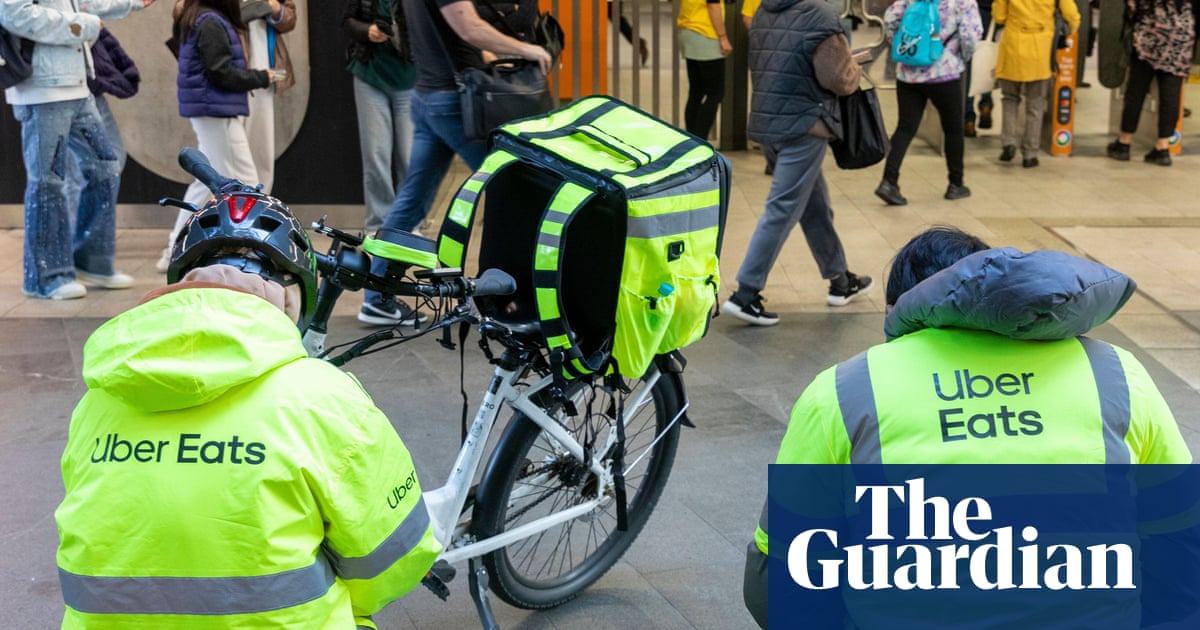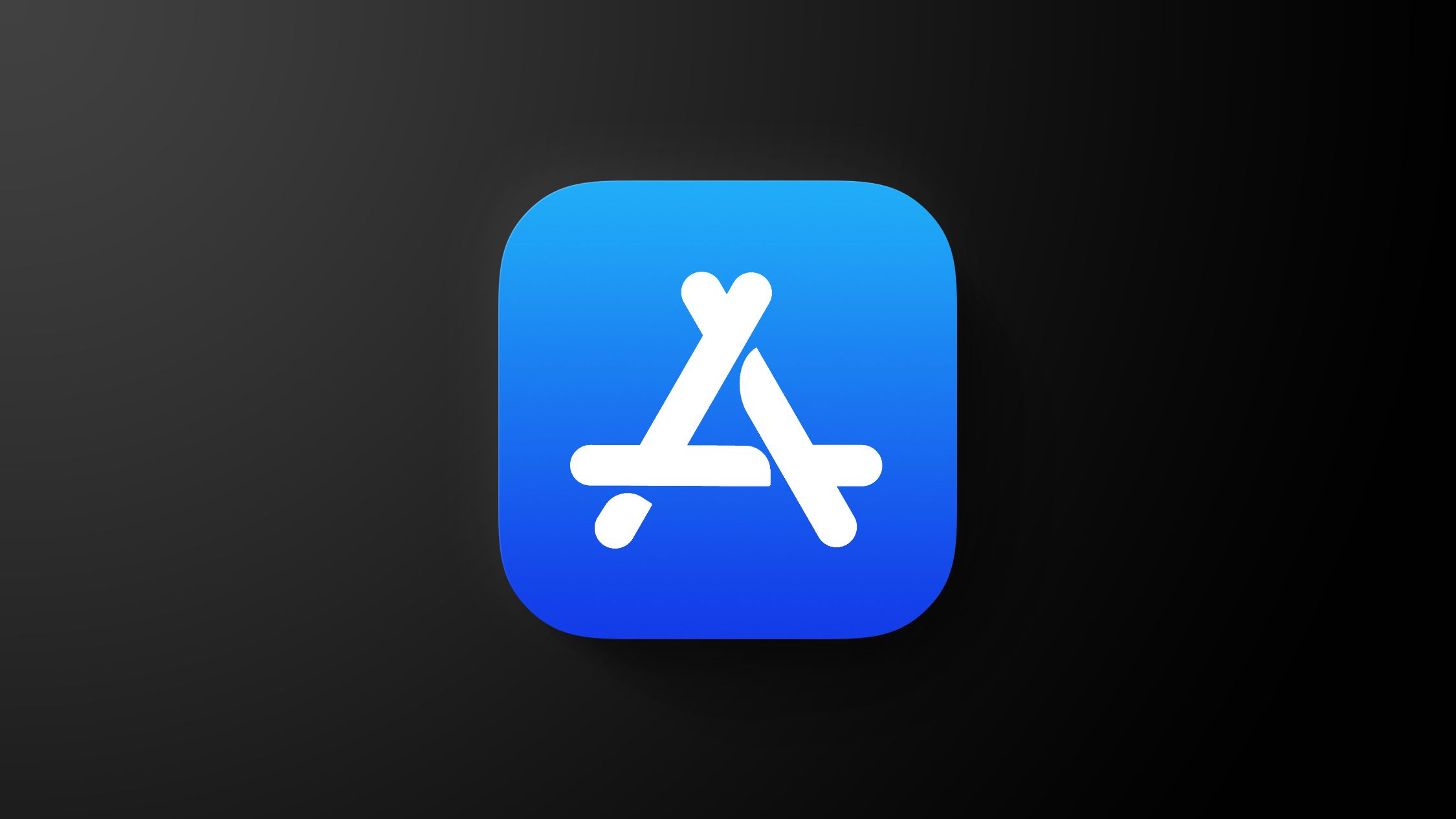Convenience can come at a steep price, Choice has found, with Australian consumers paying up to 39% more for groceries ordered through rapid delivery apps.
Choice compared in store prices of 13 common grocery items available at Coles, Woolworths and Aldi with their equivalents on third party apps UberEats, DoorDash and Woolworths-owned MilkRun.
They found that items including pasta, milk and fresh vegetables cost on average 11% more on third-party apps and delivery charges of between $5 and $11 significantly drove up bills.
Seven out of 13 items at Aldi were priced higher on DoorDash than in store, while MilkRun charged more for 11 out of 13 items from Woolworths.
“Not all items are increased in price,” the editorial director at Choice, Mark Serrels, said, but “the majority of them are”.
Sign up: AU Breaking News email
All products from Coles cost more on third party apps UberEats and DoorDash.
“I don’t think there should be a mark-up for the goods,” Serrels said. “There should be a mark-up for the delivery itself.
“I don’t think anyone is saying that these companies shouldn’t charge to deliver your food [but] there’s absolutely no reason for you to pay more for bread just because someone’s delivering it.”
UberEats was the most expensive platform, Choice found.
Including delivery fees, baskets from Woolworths and Coles cost respectively 39% and 35% more than purchases made in store, while products cost 12% more.
A spokesperson from Uber told Guardian Australia: “Restaurants partner with Uber Eats in a variety of ways … Each merchant selects the model that suits their needs and sets their own pricing on the platform – factoring in things like ingredient costs, supply chain pressures, and day-to-day operating expenses. This flexibility ensures they can run their business on their terms.”
A spokesperson from Coles said: “Like most merchants, including retailers and restaurants, products sold through third-party delivery platforms such as Uber Eats and DoorDash are often a higher price point compared to shopping directly.”
“This ensures that we can offer the service to our customers wanting instant delivery options (particularly when they are in a time-crunch).
The spokesperson said that shopping directly from Coles online, which offers delivery and click and collect, gives customers the same prices as in store.
Choice’s comparison shopping confirmed that shopping directly online through Coles was cheaper than shopping through third party apps, even when factoring in a $15 delivery fee.
Serrels described the way delivery apps and supermarkets explain price disparities as, “like the Spider Man meme”.
“I feel they’re all pointing at each other,” he said. “I think they just need to knock their heads together and sort it out … That’s fine for them to defend themselves in this situation, but at Choice we want an outcome for the consumer’s end of story. So whoever’s fault it is, sort it out.”
Both Coles and Woolworths offer a large number of delivery fee options through their own websites, including annual subscriptions without fees.
Choice found that shopping through MilkRun, which was acquired by Woolworths group in 2023, was cheaper than using some delivery options on the Woolworths website, despite many individual items being priced higher on Milk Run than on-shelf.
after newsletter promotion
However, Choice’s findings may not be true for every purchase through the Woolworths website.
Serrels said that complex pricing structures are a problem across many services, from delivery to energy providers. “The more convoluted the pricing the more likely someone is to pay more than they should,” he said. “So I don’t think that’s by accident.”
A spokesperson from Woolworths group said MilkRun is a 35 minute delivery service, offered in addition to their other pick up and delivery options.
“While there are thousands of weekly specials [on MilkRun], pricing is different due to the level of convenience offered,” they said.
“All item prices are clearly marked on the MilkRun website, and delivery fees clearly disclosed, with the service aiming to provide the best and fastest possible experience to customers who use it.”
In Canberra, Aldi trialed delivery through DoorDash in July, before rolling the offering out nationally in September.
During the initial trial, Guardian Australia found that the added costs of ordering Aldi through DoorDash meant the discount German supermarket chain was no longer significantly cheaper than other major supermarkets.
In Choice’s investigation, the bill for groceries ordered from Woolworths via MilkRun was lower than an Aldi order via DoorDash, however the in-store cost of Aldi’s goods was the lowest overall.
Choice conducts quarterly supermarket price surveys. Based on those surveys, Serrels said that Aldi’s price advantage is mostly in packaged and ready-to-eat foods. “It really does depend on what you’re buying,” he said. “I think when in general if you’re buying fresh fruit and veg, that price advantage is very, very small.”
A spokesperson for Door Dash said: “The average Aldi customer buys around more than 20 items per shop on DoorDash, meaning that delivery-related fees make up a far smaller share of the total order. When looked at through that lens, the overall difference in cost is significantly less than the figure being quoted.
“DoorDash works to ensure that every customer can see item pricing and any applicable fees before checkout, so they understand exactly what they are paying for.”
Aldi was contacted for comment.


